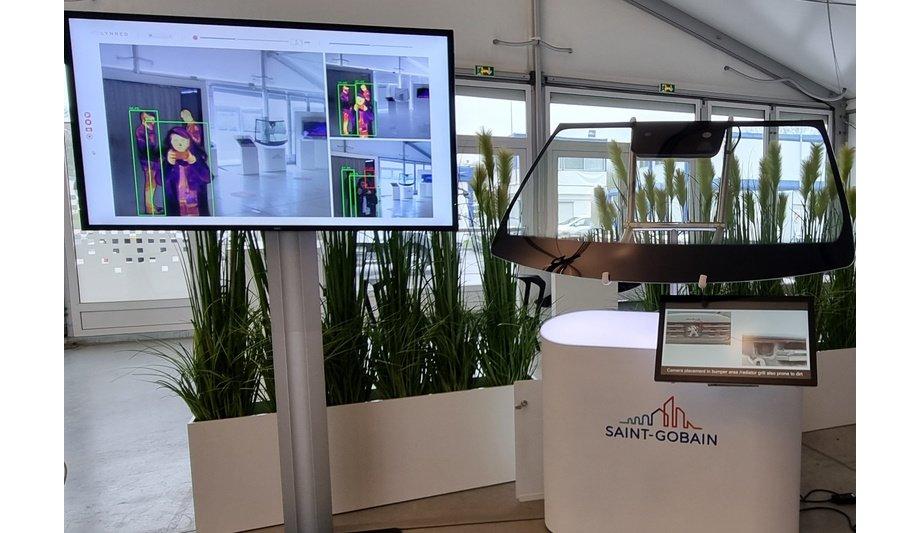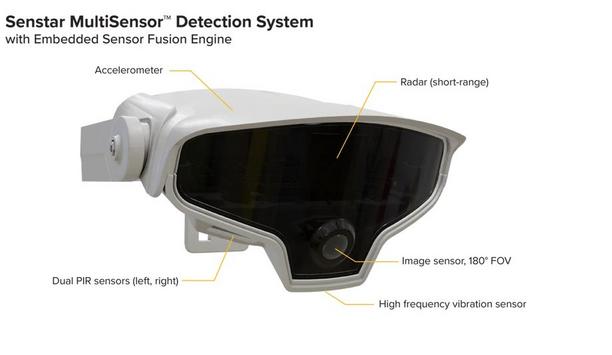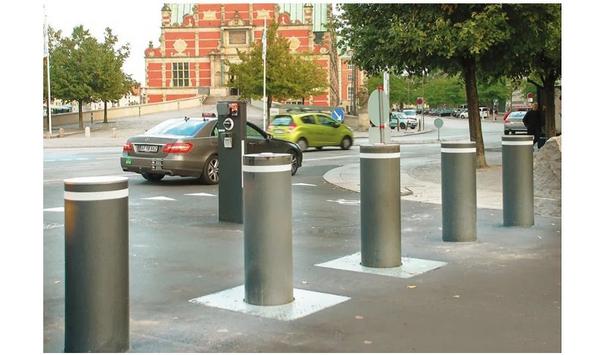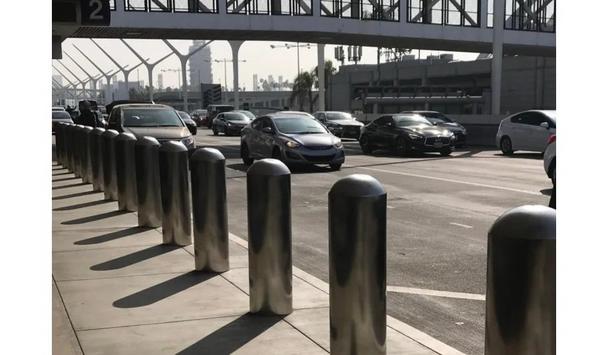Lynred and Saint-Gobain Sekurit announce the world’s first windshield that incorporates both visible and thermal cameras side-by-side. The windshield, with an enhanced sensing-system, aims to help car makers improve the reliability of collision mitigation systems by detecting pedestrians in adverse visibility conditions, particularly at night, when more than 75% of pedestrian fatalities occur. It will also reduce incidences of false positive alarms-cars automatically braking when there is no danger, creating a risk of rear-end collisions.
Saint-Gobain Sekurit and Lynred will demonstrate their visible and thermal sensing suite integrated into a windshield during AutoSens in Brussels, September 19–21, at booth 40. This sensing-system is the first to enable thermal imaging through standard windshield glass; detecting and classifying pedestrians at up to 140 m in all weather and lighting conditions.
US NHTSA notice
This co-development is in response to new automotive vehicle safety standards requiring Autonomous Emergency Braking (AEB) and Pedestrian Autonomous Emergency Braking (PAEB) systems to work reliably both day and night, at speeds up to 100 km/h for lead car crashes avoidance and up to 65km/h for pedestrians. Within four years of public approval of the regulation, the US National Highway Traffic Safety Administration’s (NHTSA) notice for proposed rulemaking will require light vehicles to be equipped with these systems.
Europe’s Road Safety Policy Framework 2021–2030, and its ‘Vision Zero’ approach, is also requiring better vehicle construction to improve road and pedestrian safety.
Road traffic accidents, a global issue
Globally, approximately 1.3 million people die each year as a result of road traffic accidents
Globally, approximately 1.3 million people die each year as a result of road traffic accidents. According to the American Automobile Association (AAA), in the US alone it is estimated that AEB systems with pedestrian detection functionality could reduce annual vehicle/pedestrian accidents by up to 5,000 a year.
“One of our main objectives is to provide Tier 1 suppliers with the critical building blocks to produce a thermal camera system under €100 that can connect to the AEB system. By halving the cost of thermal image sensors used by car makers today, they will have an affordable thermal sensor solution to enable them to comply to NHTSA rulemaking more readily across all car ranges,” said Sebastien Tinnes, global market leader at Lynred.
AEB systems
In a summary of test results, the AAA concluded that most pedestrian AEB systems have been ‘ineffective’ at night. One challenge for car manufacturers is that glass appears non-transparent (mirror-like) on the infrared spectrum. Thermal imaging does not work through glass, which until now has precluded its integration into windshields, the optimal area for obstacle detection in AEB systems.
“Our long-standing expertise in safety systems for windshields and our best-in-class glass material shaping knowledge are essential to ensuring the best optical performance for reliable camera detection both night and day. Alongside Lynred, we are pleased to contribute to the development of this innovation for the safety of all occupants, while improving the mobility experience,” said Adil Jaafar, global innovation manager at Saint-Gobain Sekurit.
AEB system windshield solution
Thermal sensors have been placed the grille, exposing them to mud, dirt shocks and other elements
Saint-Gobain Sekurit developed a crystal-based technology to create a transparent area within the windshield, aligning both the visible and thermal cameras. The crystal is Federal Motor Carrier Safety Administration (FMCSA) compliant and is integrated while retaining the original performance of the wiper system and the thermal comfort of the passenger compartment.
Lynred provided a VGA (640×480 resolution) thermal sensor equipped with Umicore lenses and configured the camera data input with the pedestrian detection algorithm. Conventionally, thermal sensors have been placed behind the grille, exposing them to mud, dirt shocks and other elements. Positioning visible and thermal sensing-system behind the windshield increases the reliability of AEB by improving visibility in all scenarios.
Advantages
Advantages include:
- Distinguishing pedestrians from other animate or inanimate objects, thus reducing false positive alarms
- Functioning in all weather and lighting conditions
- Close proximity of both sensors, resulting in easier visible and thermal image fusion thus providing enhanced detection performance
- Better road vision due to higher placement of the sensing system
- Protecting sensors from obstructive elements to optimise operating time
Having successfully demonstrated the technical and economic viability of this windshield for PAEB systems, each company plans to gear up their respective technologies for industrial-scale production with a view to commercialising the final product to be integrated into the windshield in 2027.





















